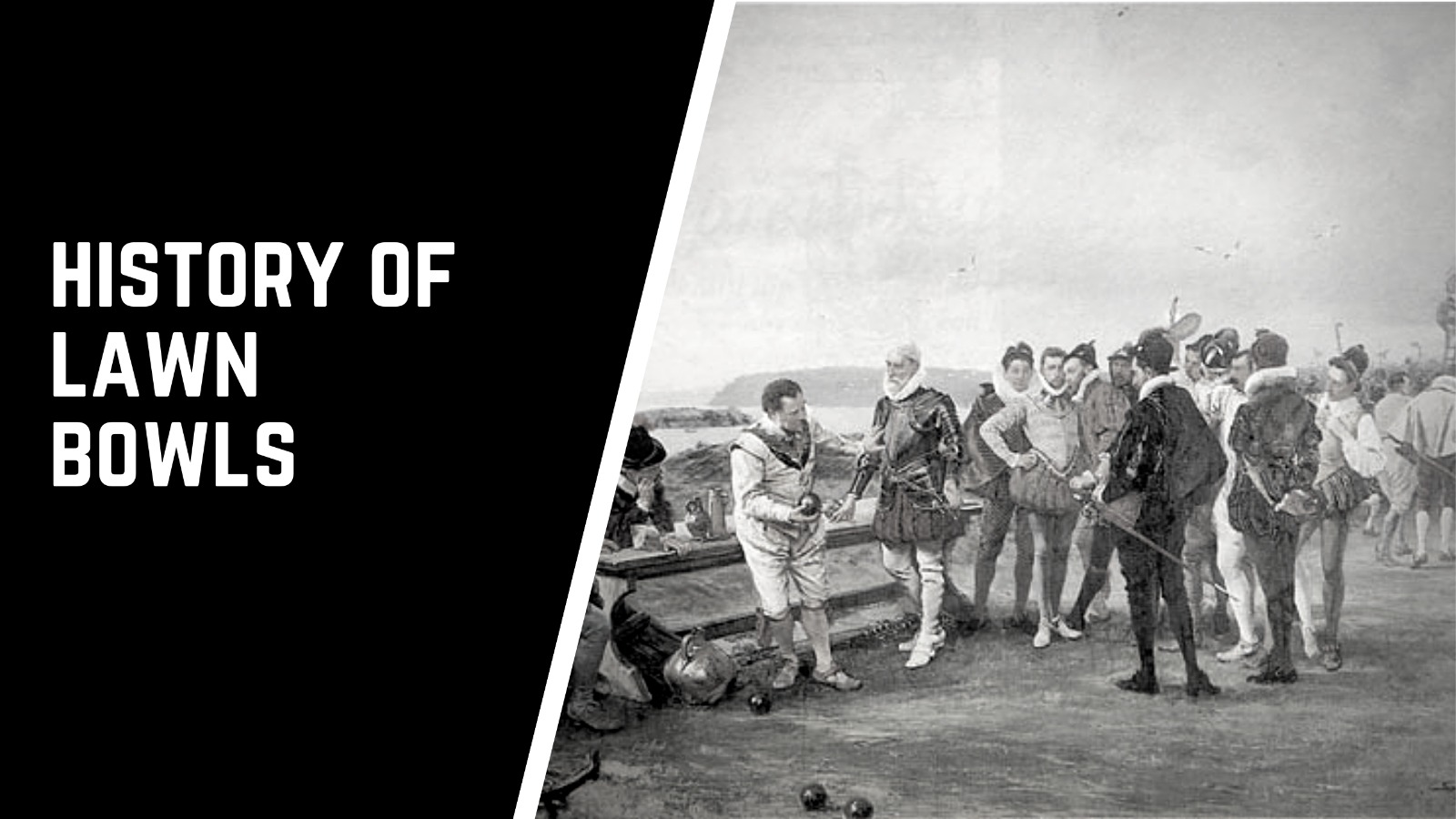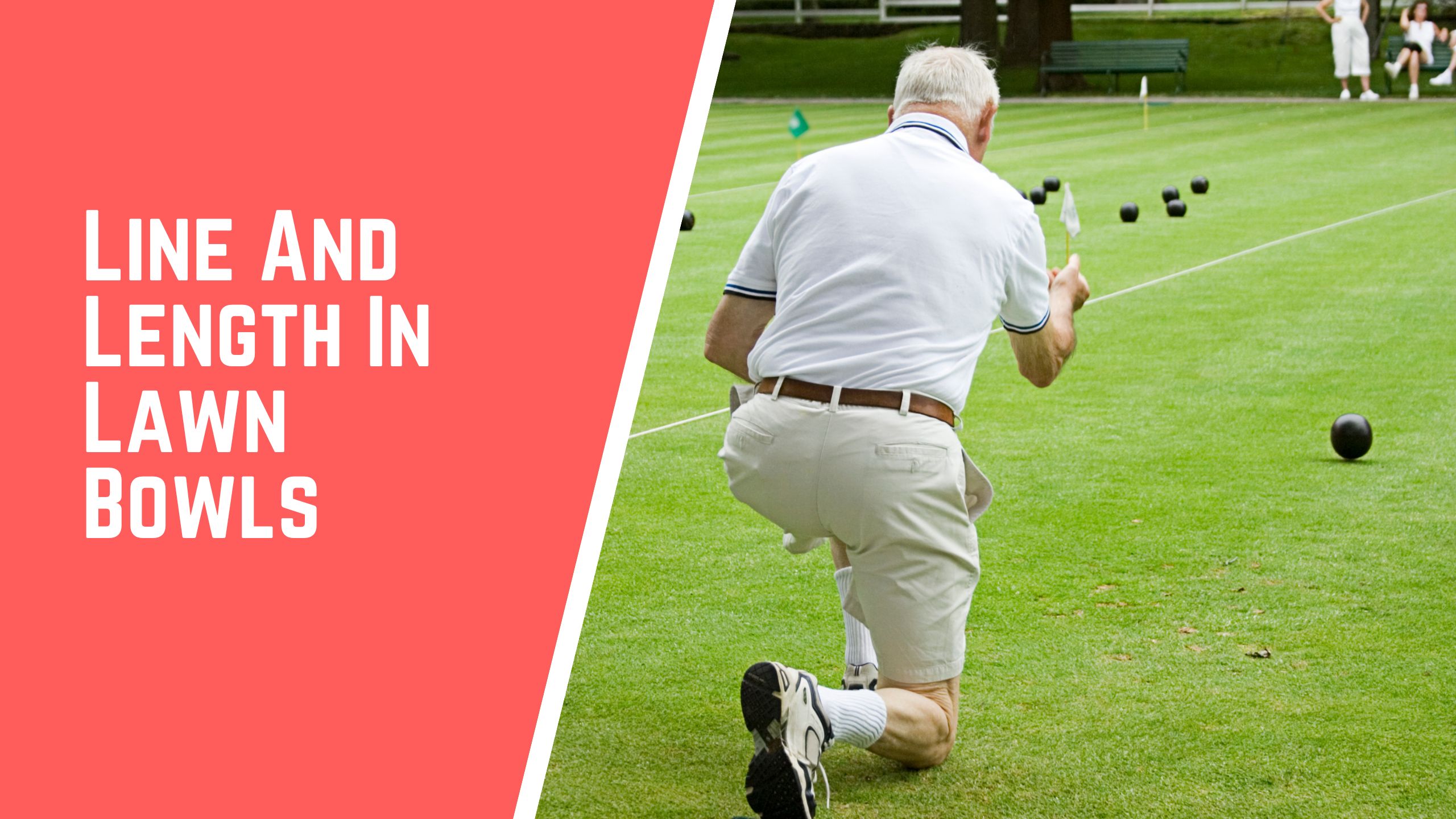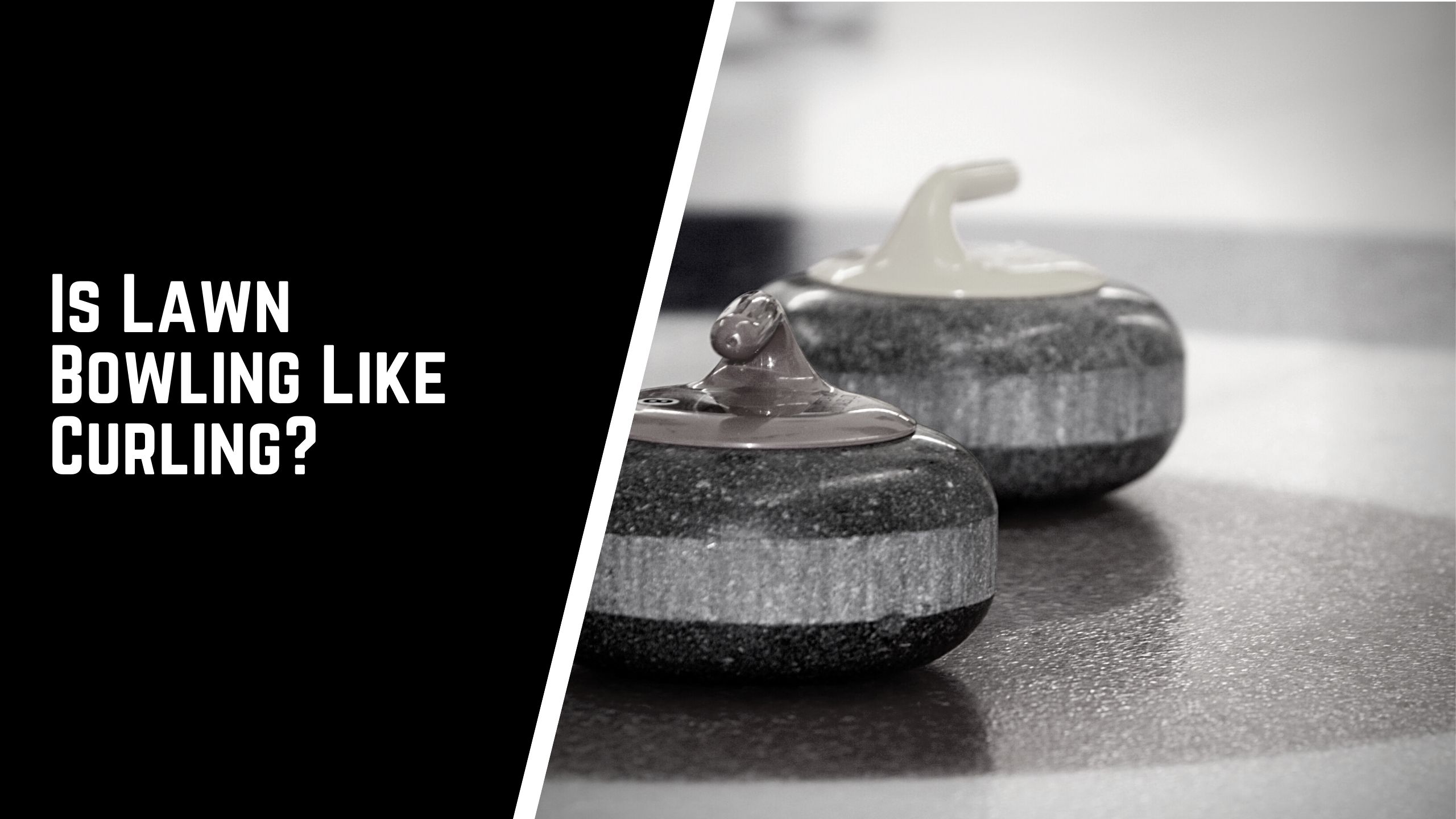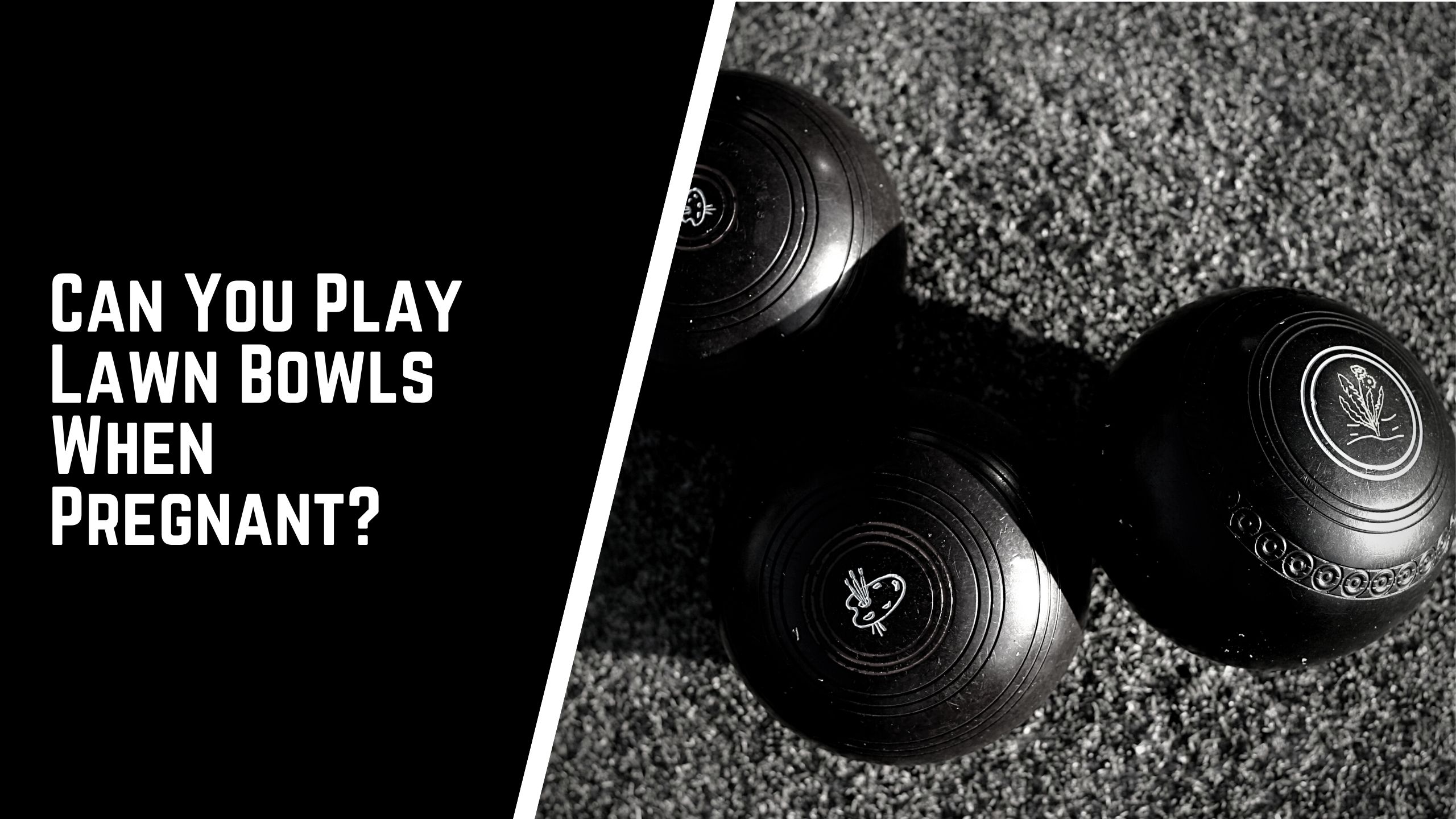Find out the history of lawn bowls. Our guide goes from it’s origins 7000 years ago, to the modern day game.

Lawn bowls has a rich history. It’s a story spanning multiple civilisations, as well as involving the great and the good (and in some cases not so good) throughout history. From kings and queens, to the layman. It really is the game for all.
Origin
Lawn bowls’ origins can be traced right back to the ancient Egyptians. Archaeological findings support the theory that a game with biased stone balls was played almost 7000 years ago. Their version had sticks as targets, and would be played in the dirt instead of on grass.
A version of the game – much closer to what we would understand to be bowls – was played by another great civilisation – in ancient Rome. This version was to become modern-day bocce. It is believed that the Romans brought this game to the rest of Europe, with several countries adapting the rules creating their open version. This includes boules in France and of course lawn bowls in Great Britain.

History of lawn bowls in England
Records of bowls being played in England date back to the 12th century.
The increasing popularity of bowls in England led to a string of kings and queens passing laws restricting its play. The concern was that lawn bowls were taking too much time away from men practising archery. This was important as bowmen were an integral part of any army, and any drop in their effectiveness in battle would have major implications for king and country.

Edward III in 1261, Richard II in 1388, Henry IV in 1409 and Henry VIII in 1541, and Queen Mary in 1555 all placed statutes restricting the play of bowls. Many of the laws restricted those of lower class from playing. In many cases the laws simply restricted when, and for how long games could take place.
Henry VIII went one step further and specifically forbid the play of bowls for many labourers and “low-born” people. The only time you could play bowls in 1541? On Christmas day “in their master’s presence”. If you were caught playing bowls you would be levied with a large fine – an amount far beyond the income of the underclass.

Henry’s generosity of allowing bowls at Christmas was deemed too much for Queen Mary, who 1555 banned bowls from the underclass completely. She believed the game was used for “unlawful assemblies, conventiclers, seditions, and conspiracies”.

It wasn’t until 1845 under Queen Victoria, 3 centuries later that these laws would be rescinded.
Whilst the lower classes were restricted during this period it didn’t stop the upper classes enjoying the sport. Shakespeare mentions bowls several times throughout his work, often citing how men and women (presumably of the upper-class!) could be seen playing all over the land.

This is also backed up by the now-infamous story of Sir Francis Drake. Francis Drake – who was the vice-admiral for Queen Elizebeth’s navy – was playing bowls on Plymouth Hoe. Partway through his game, Drake was interrupted to be informed of the Spanish armada approaching. His response was to say
“We still have time to finish the game and to thrash the Spaniards, too.”.
He promptly lost his game of bowls, before beating the Spanish.

Bowls, the British Empire and the commonwealth
As the British empire spread, they brought lawn bowls with them. This introduced the game to new territories such as the USA, Canada, New Zealand and Australia – where the first game was played in Sandy Bay, Tasmania in 1844.

Whilst bowls hasn’t maintained its popularity in the USA compared to other countries within the old empire – clubs had been recorded in several US cities in the early 1600s. Clubs were founded in New Amsterdam (modern-day New York), Boston, Washington and Virginian. A bowling green was even built by George Washington’s father, at the estate in Mount Vernon.

It is likely that the game fell out of popularity following American independence from the British, however, the game was reintroduced in the 19th century by Scottish immigrants. The game is back on the rise with the USA now boasting over 2,700 members across the country (https://www.bowlsusa.us/divisions.html)
Bowls is also an integral part of the ongoing Commonwealth movement. Many countries with the Commonwealth have thriving bowls communities, and bowls has had a central place at the Commonwealth games since its inception in 1930.
Modern era
Green preparation

The game of bowls took a huge leap forward when in 1830 Edwin Beard Budding invented the lawnmower.
This helped with the preparation of greens across England, and later the world. Now greens could be maintained to a much higher standard, leading to a game much closer to the one we now know.
It cannot be underestimated the effect of proper green maintenance has had on the sport. Without such technology it would never be possible to bring quality greens to the masses, and bowls would remain a sport for the upper classes.
Bowls in Scotland and Codification
Whilst England struggled with a succession of monarchs intent on pushing the sport down, Scotland allowed the game to flourish.
As England was still building up bowls in it’s heartlands, the Scottish bowlers were repairing for much loftier ambitions. In 1848 a meeting in Glasgow was arranged to write the laws of bowls. W.W. Mitchell, along with 200 other bowlers, wrote this first set of laws. These last to this day and form the basis of the modern game.
The International Bowls Board and international expansion
From the late 1800s, national bowls associations sprang up to care for the game in their territories. The Australian bowling association (then known as “Royal Victorian Bowling Association”) was formed in 1880, followed by the Scottish Bowling association in 1892

There are a total of 46 countries across 6 continents that are now members of the WBF (World Bowls Federation). This number is sure to grow over the coming years as its popularity continues to grow in many more.
Get The Complete Lawn Bowls Drill Pack
The Jack High Bowls Drill Pack is available now for instant download.
Perfect for beginners and improving players looking to be more consistent and win more games!

Get The Complete Lawn Bowls Drill Pack
The Jack High Bowls Drill Pack is available now for instant download.
Perfect for beginners and improving players looking to be more consistent and win more games!









